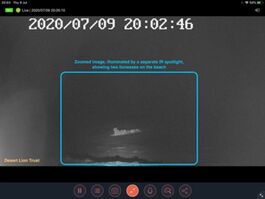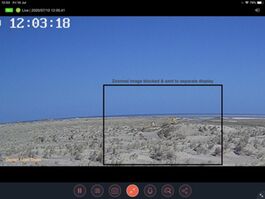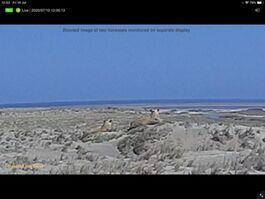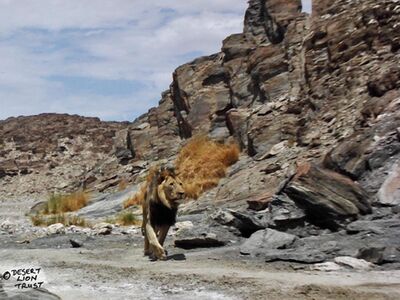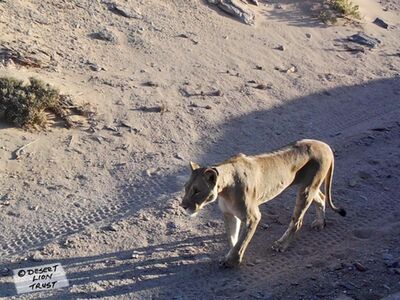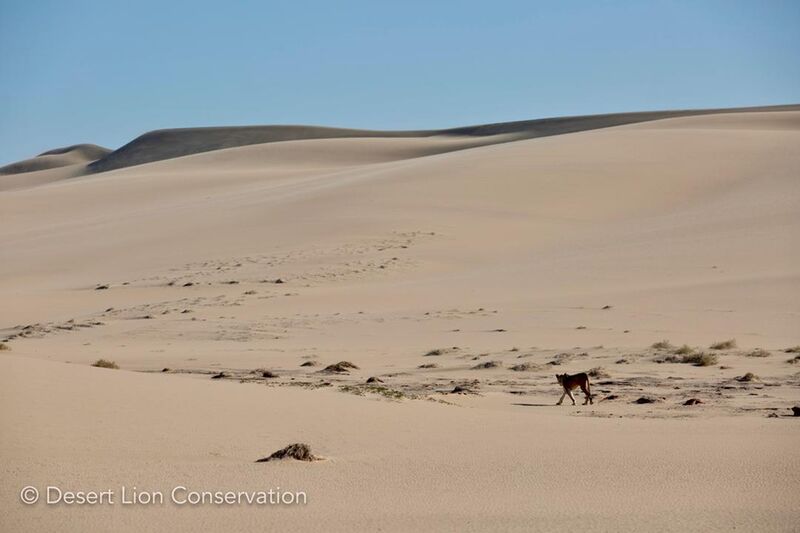The Northern prides
Sunday 12 July 2020
Rough weather conditions
The months of June and July has seen unusually extreme weather that fluctuated between southwesterly winds/sandstorms, hot east-wind storms and wind-still days. Most of the lion prides in the northern section of the study area struggled to find sufficient food and moved unusually long distances. At least two lionesses that gave birth earlier in 2020 have now lost their cubs and are in poor physical condition.
South-westerly and east-winds along the Skeleton Coast
Camera-trap data
Images were collected from 12 different camera-traps in the northern section of the study area. They revealed valuable information on the movements of several individually known and marked lions, as well as records of other species.
Records of individual lions captured on camera
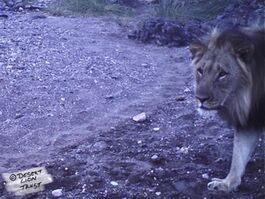
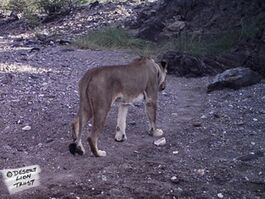
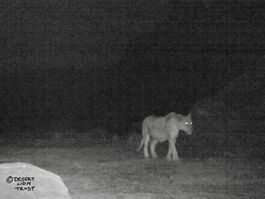
Images of a Hartmann’s zebra, spotted hyaena, leopard and a stripped polecat
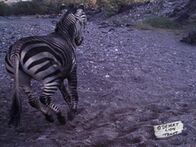
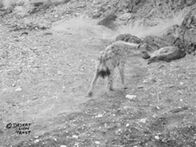
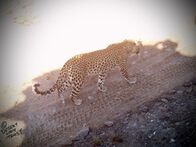
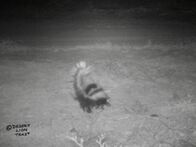
Dune crossing
An elderly lioness from the Hoanib Floodplain Pride moved deep into the desert and crossed the dune-belt to the coast in search of food.
Lioness crossing the dune-belt to the coast
Coastal observations
The full-moon period and the east-wind conditions during the past few weeks that resulted in nights with little or no fog along the coast, provided ideal conditions for night-time observations. The behaviour of two lionesses foraging for marine food items along the Skeleton coast were observed.
Lioness feeding on a Blackheaded heron
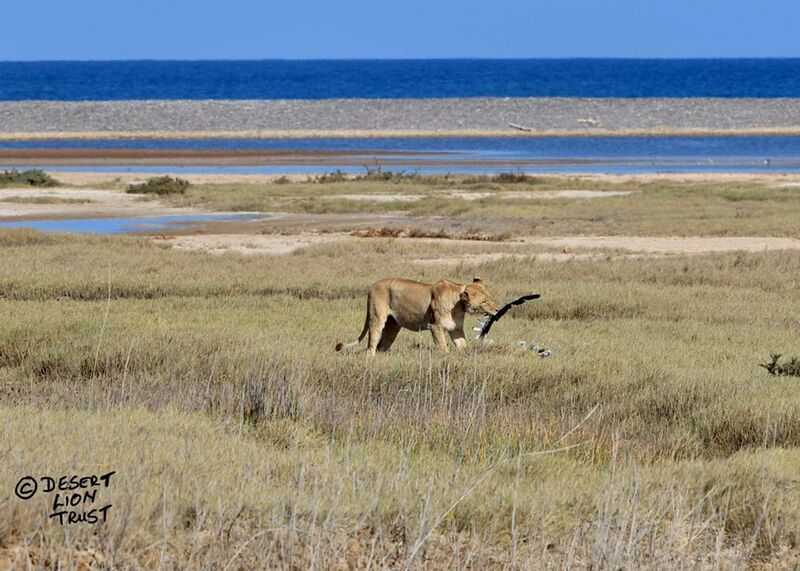
Two lionesses searching for prey along the coast
Lionesses observed along the coast during the full moon
Lionesses resting at the Hoanib lagoon
Night vision & computer technology
Driving, finding lions, and observing them at night and in total darkness with no moonlight, are some of the biggest obstacles faced by the research project. Over the years many techniques and methods were developed, but recent advances in technology and availability of equipment have enabled the project to become more effective. The research vehicle is currently fitted with four infra-red and one thermal image camera that are mounted at various locations. The cameras are connected to a NAS server and a WiFi network in the vehicle and the images can be controlled and viewed on several displays / iPads. During the recent observations on lions hunting along the coast (see above) the system was used to great effect (see images below). The images from two high quality 4K security cameras were so good that it was possible to find, identify, and follow the fresh tracks of two lionesses moving and hunting along the shoreline ± 100 metres ahead of the vehicle. Smaller sections of the images from the 4K cameras could furthermore be isolated, enlarged and sent to a separate display.
Finding, identifying, and following the fresh tracks of two lionesses in total darkness
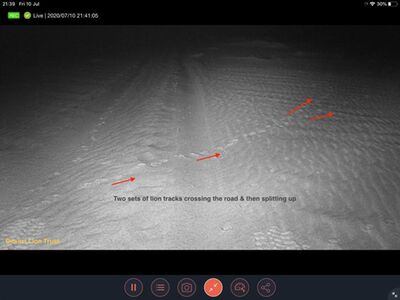
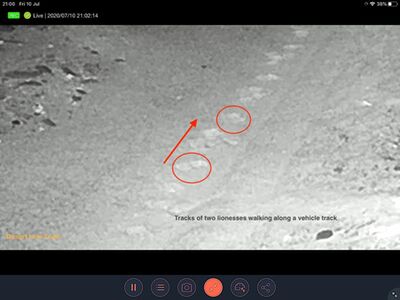
Examples of viewing zoomed-in images of lions on separate monitors
